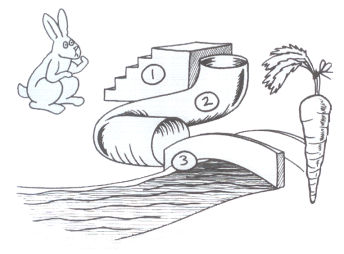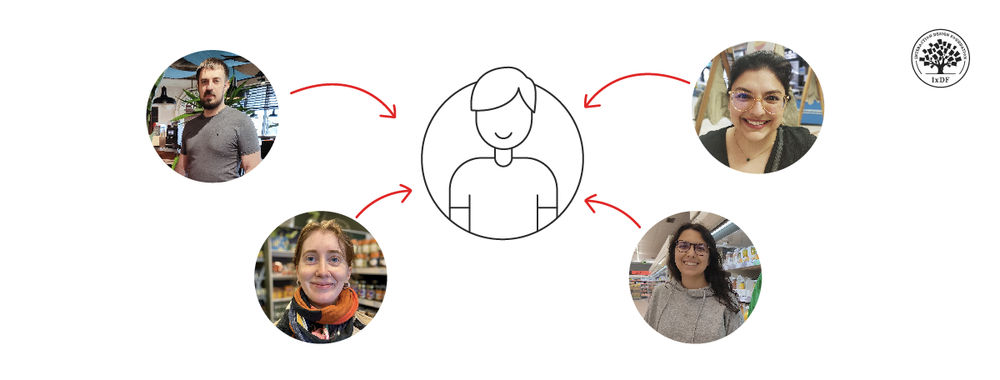Before we begin talking to users; we need to know what we want from their responses. Normally, by the time we’ve started to talk about users – the development team and the business will have some ideas about what they want to do. You have to understand what they want to do in full before you can ask your users about their ideas.
Questions to Help Define Your Objectives

Author/Copyright holder: Concept Development. Copyright terms and licence: All rights reserved
A group question and answer session can quickly get to the bottom of your company’s objectives. We like to write down a bunch of questions then put them on sticky notes – so that they get answered in that session and we add other questions as they arise during the session too. You need to know:
- The whoof things. If you can answer who perceives a feature to be useful you can start to develop a profile of the audience for it. That can help feed into your demographic research and inform your research’s recruitment criteria too.
- The what of things. What’s being done? What’s taking place at the moment? What do users want? What does the company want? Clarity is important here. You can’t achieve anything if you don’t know what people want you to achieve.
- The when of things. You can’t create a project plan without a timescale. It also helps to know when users interact with the product. You should also know when specific resources are and aren’t available.
- The where of things. Where do people use your product? The joys of mobile computing may leave you surprised as to where people work with your product and the environments that it needs to excel in. Where can people conduct research? Where do your users live?
- The why of things. Why are we doing this? Why would this be useful? Why shouldn’t we do x instead? Why tells you the underlying motivations and drivers for a project and lets you test the idea against those motivations.
- The how of things. Once you know the above; you need to ask people how the project is going to operate. How your users will perform their tasks with new features. How your team sees your role as part of the product development. And so on…
You can brainstorm for the precise questions. You may find that you end up with hundreds of questions in an hour or two of brainstorming. Don’t be afraid to prioritize which you need an immediate answer to and which can wait until later in the project.

Author/Copyright holder: Midland Actors Theatre. Copyright terms and licence: All rights reserved
Your final step in the process once you have your answers is to create a list of objective from the answers and then to share them with the rest of the development team and any other stakeholders as necessary and get them to agree to that list. This then enables you to conduct your research with confidence. It doesn’t guarantee project success but it does help those you serve understand what you’re doing and why you’re doing it and what they can expect from the user research process.
Header Image: Author/Copyright holder: Paul Downey. Copyright terms and licence: CC BY 2.0












